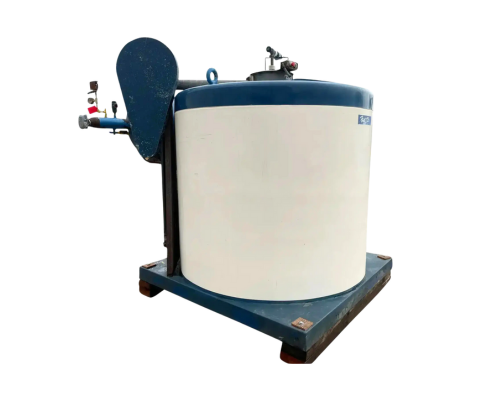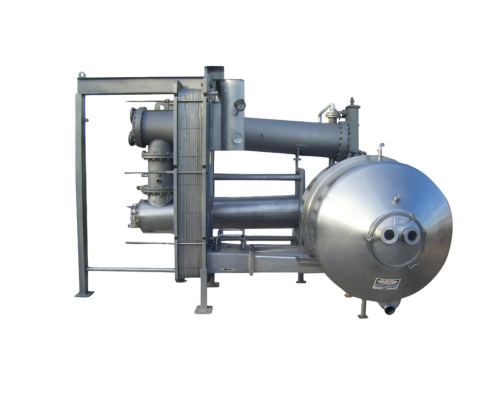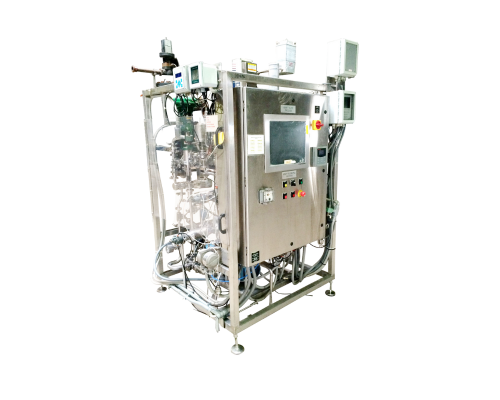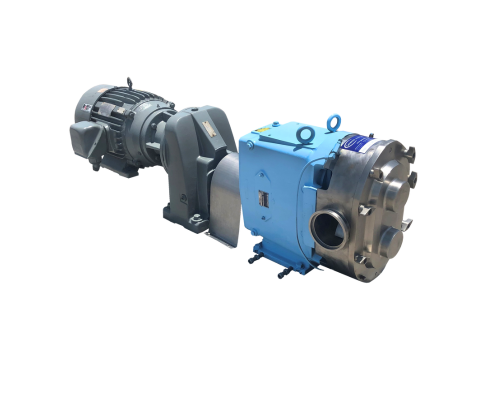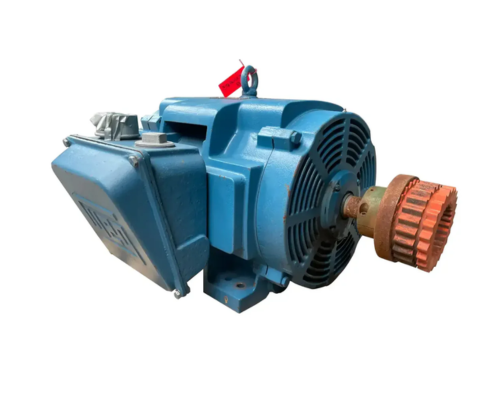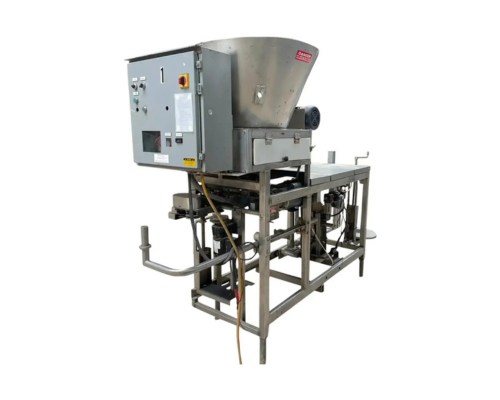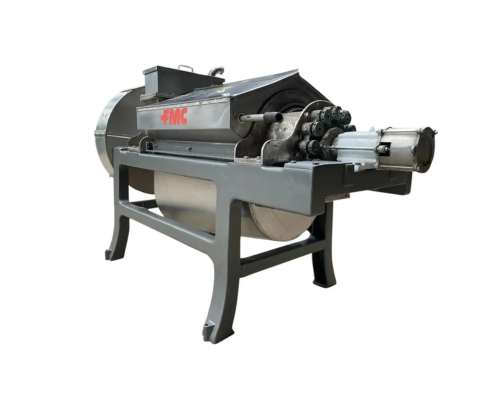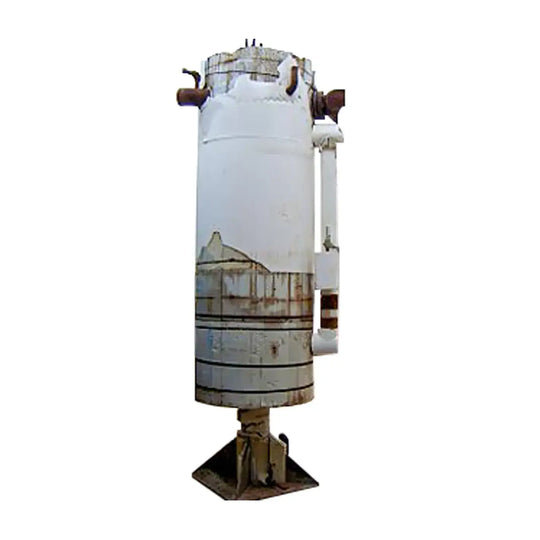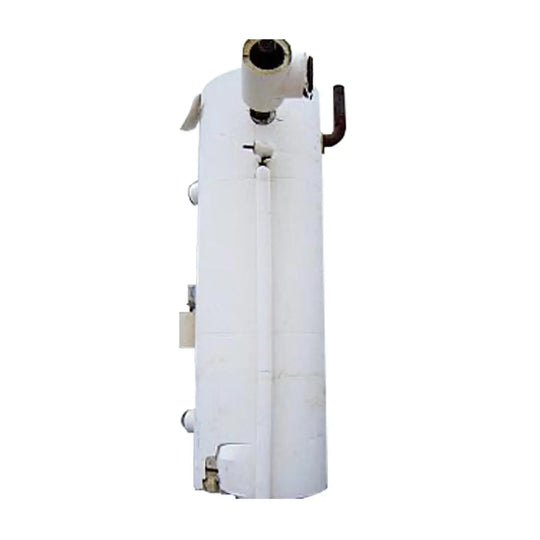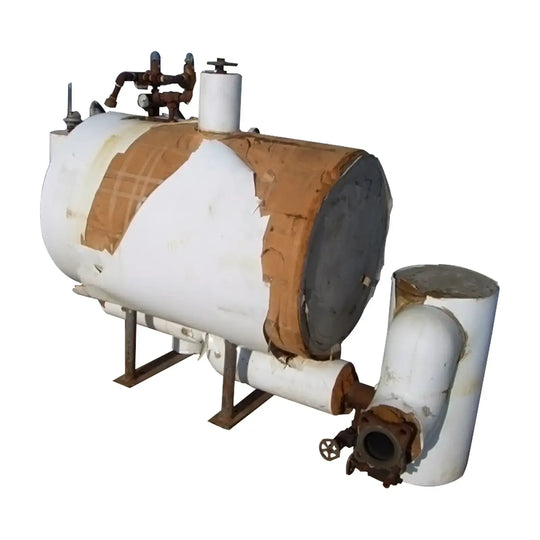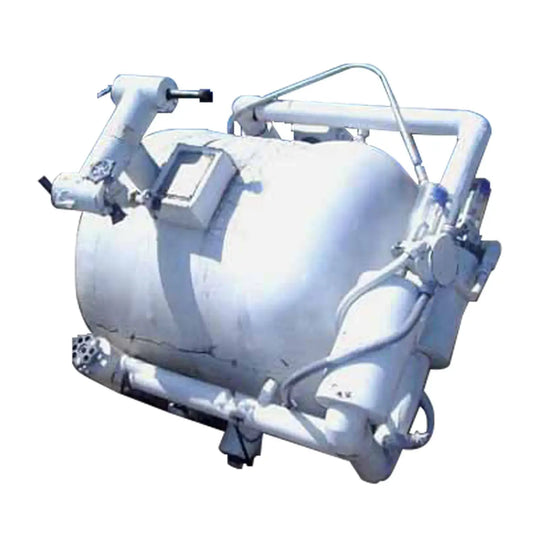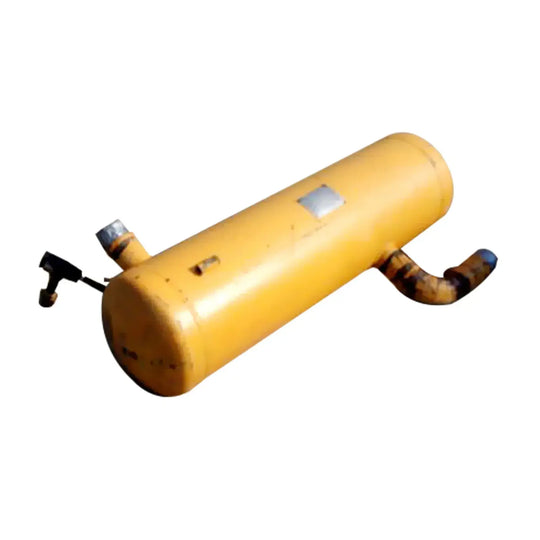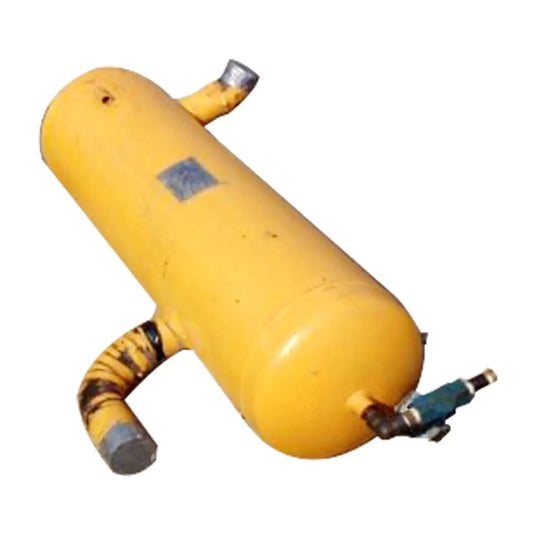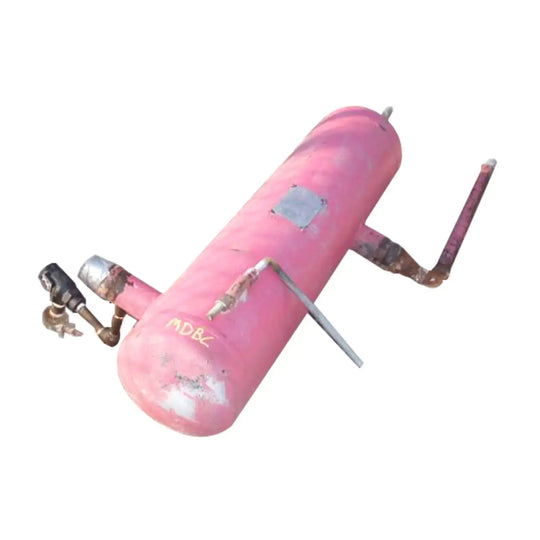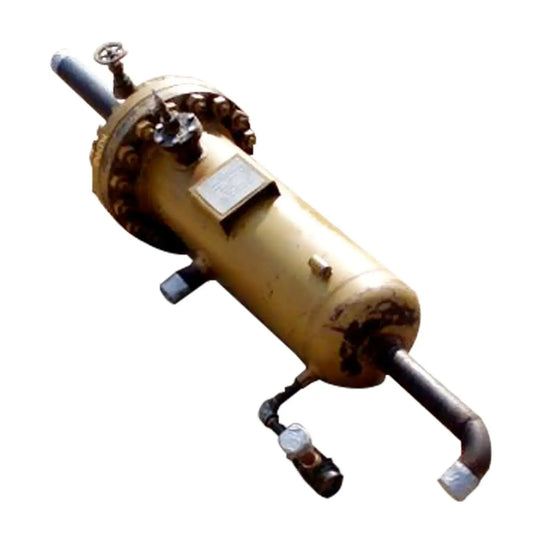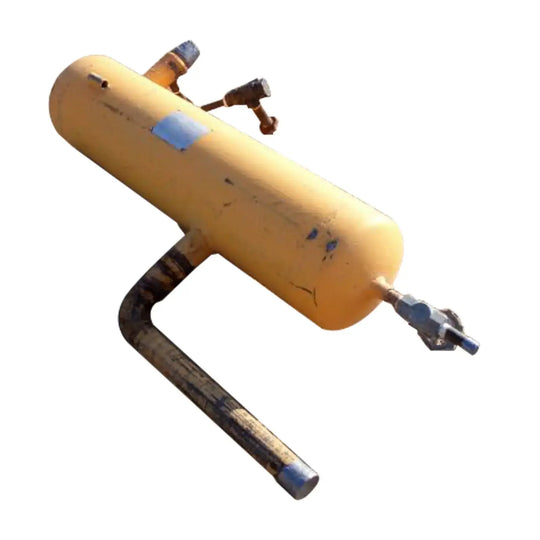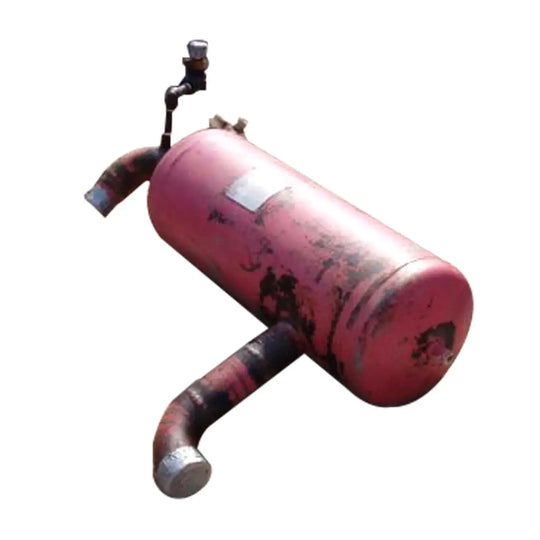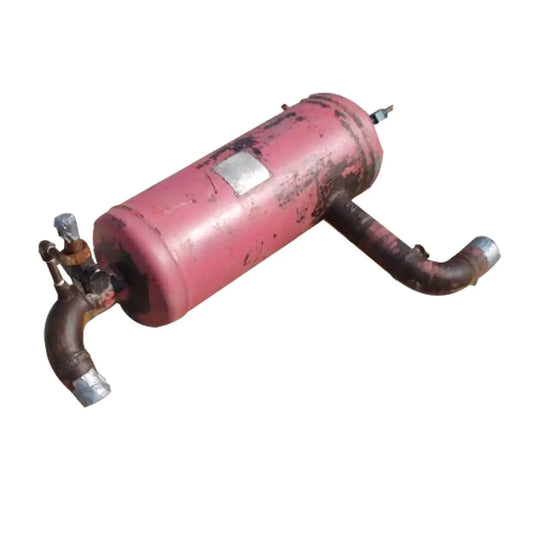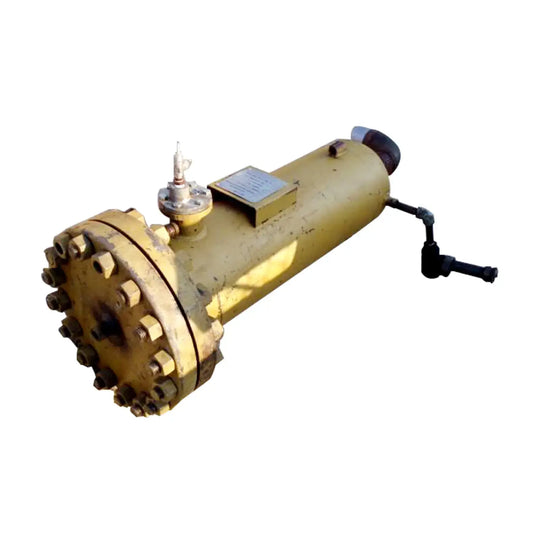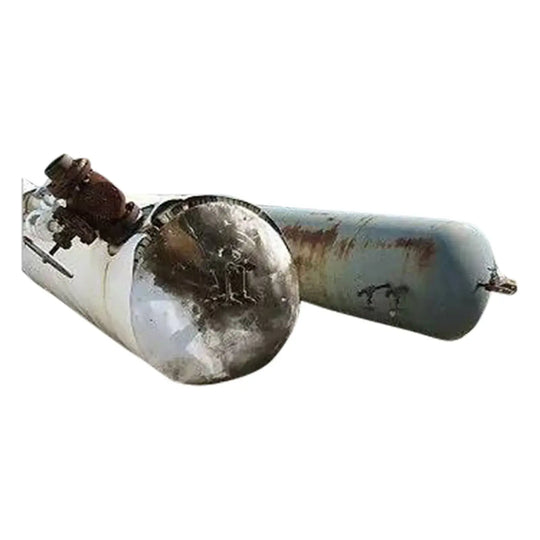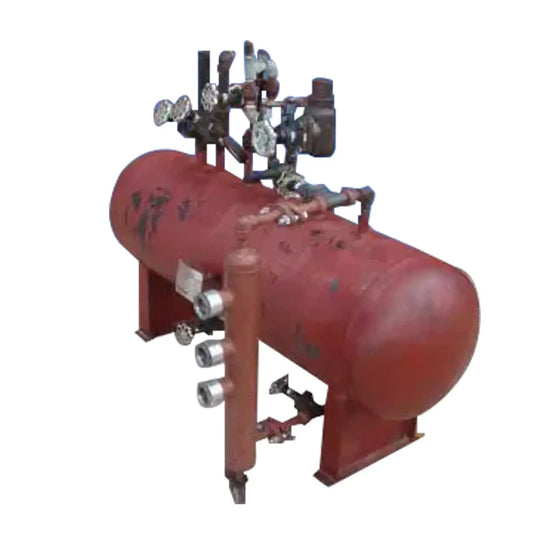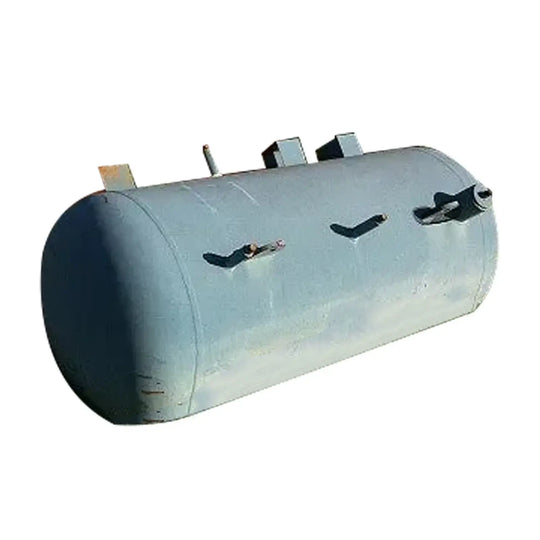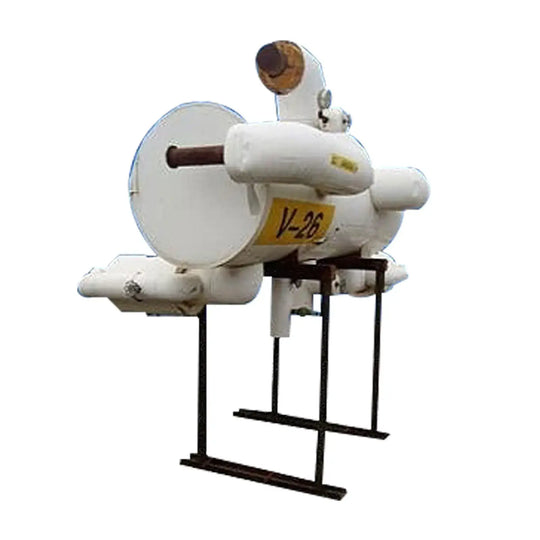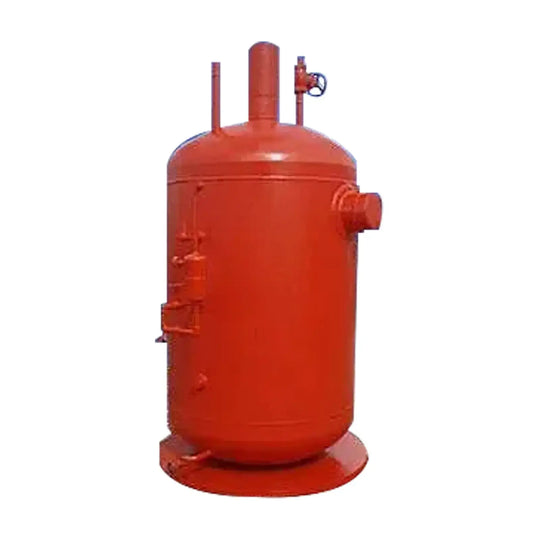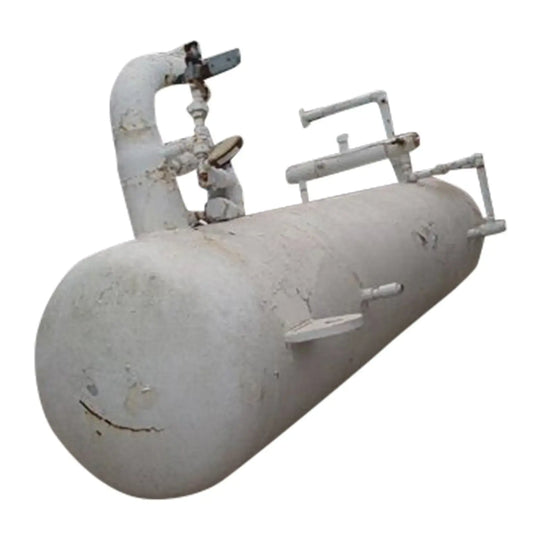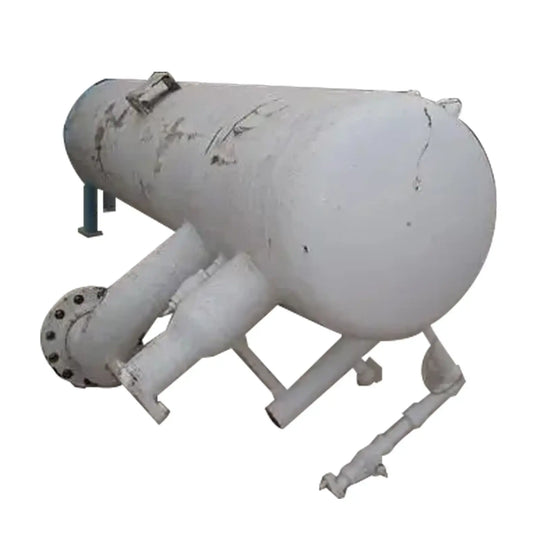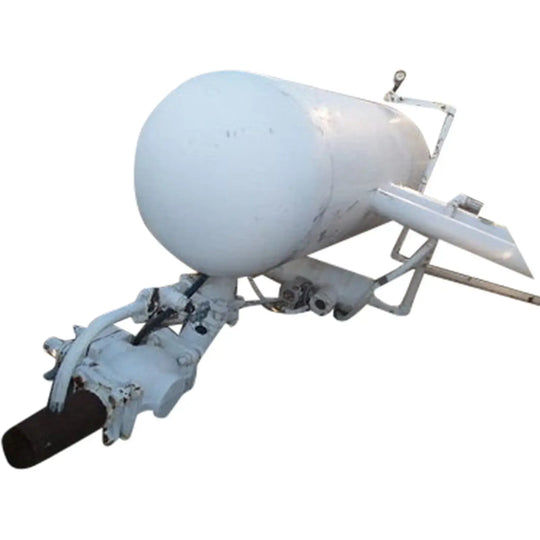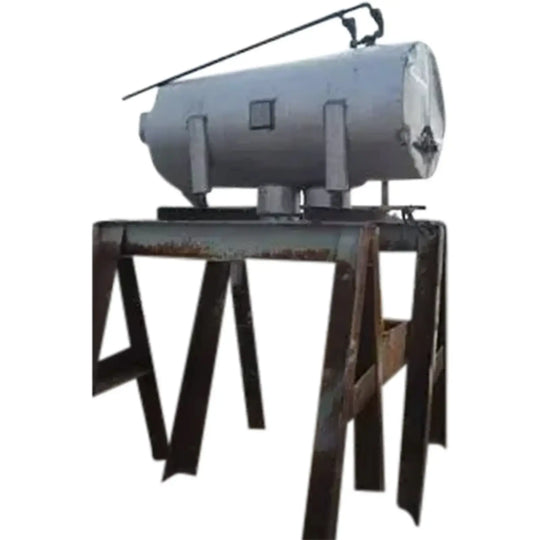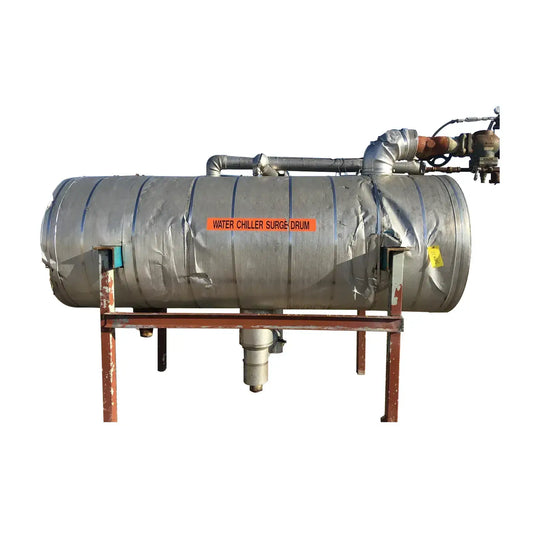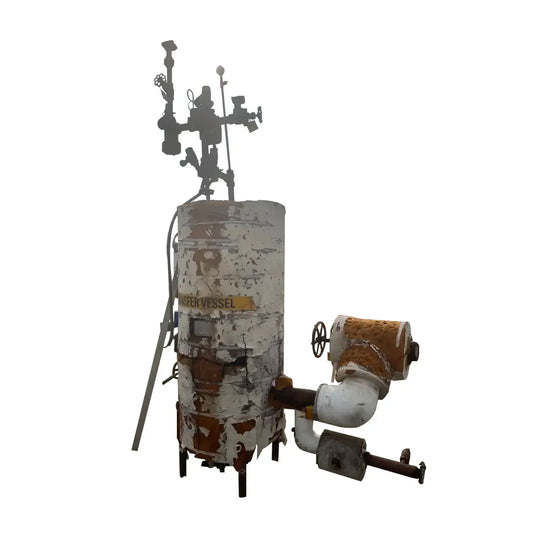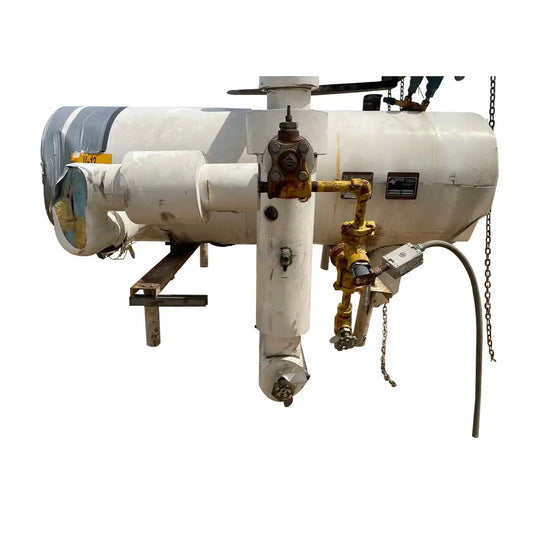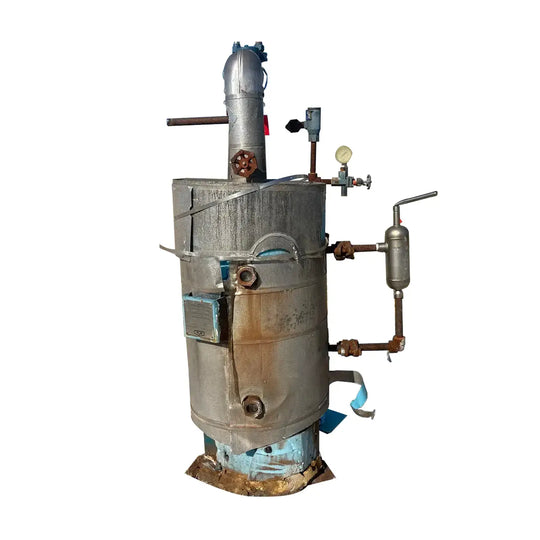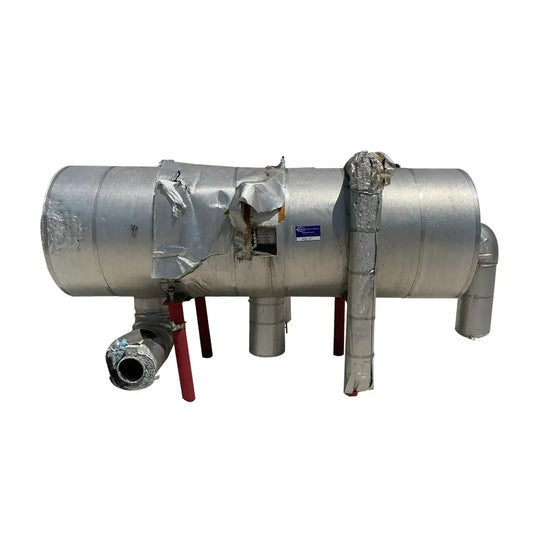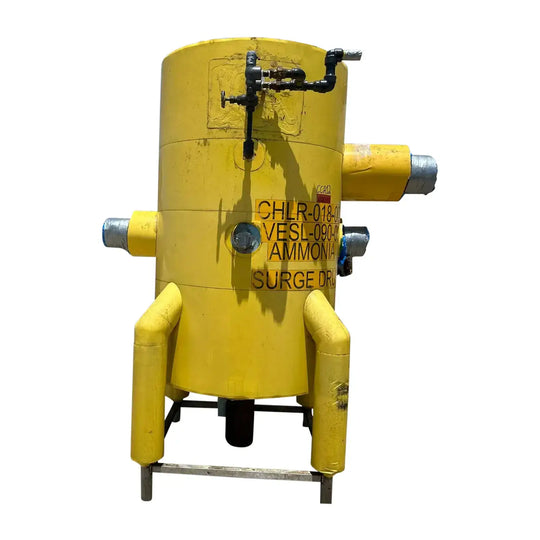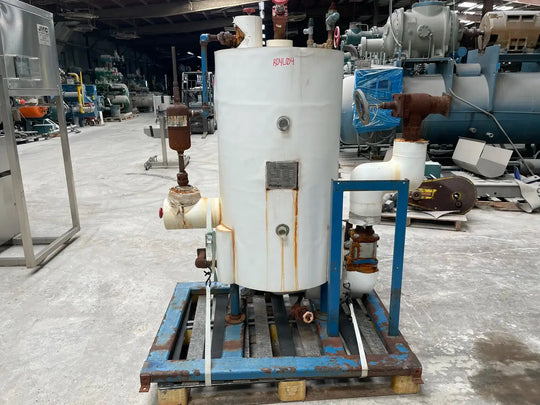Surge Drums and Surge Tanks
Surge Tanks are required for absorbing pressure fluctuations and regulating flow dynamics.
We offer fuel surge tanks from leading manufacturers like Phillips, Frick, and RVS
- FAQs
Surge drums play a crucial role in manufacturing and industrial facilities because they are responsible for absorbing pressure fluctuations and regulating flow dynamics. Whether your business has to do with water systems, oil production, or other fields that involve fluid flow, a steel surge tank maintains a system's stability.
The steel tank acts as a buffer in the pipeline system by absorbing any excess pressure that may occur when the flow rate suddenly changes. If there's an increase in flow, the surge tank will store the excess volume of fluid to prevent pipe damage. If there's a decrease in the flow rate, the simple surge tank releases stored fluid to ensure a consistent flow.
Overall, its primary function is to absorb any pressure variations and fluctuations that may occur during start-up or shutdown operations, as well as during the normal functioning of the system.
A surge drum separates the liquid from the gas to allow the gas to pass to the compressor and through a suction line. The purpose of the surge drum is to protect the pipeline system from sudden changes in pressure. So, it absorbs surges in the evaporator that may occur during a variation of load. By absorbing these surges and fluctuations, the surge drum helps regulate the pressure, ensuring a controlled and steady flow through the pipeline system, and promoting efficient operation of the entire process.
Businesses cannot afford to overlook the necessity of a surge tank. Pressure fluctuations can lead to serious consequences, such as damage to the pipe system, damage to the equipment, system failure, or pipe bursts. Surge tanks essentially create a buffer zone to be able to handle these pressure changes effectively. The tank acts as a reservoir and reduces the overall strain on your system. It functions as a regulator and shock absorber, minimizing any destructive pressure that could potentially cause harm.
- The size of your surge tank will depend on several factors, such as the system's capacity, the rate at which liquid or refrigerant is transferred, and the required capacity for your operations. To determine the ideal size for your surge tank, you will have to do the following:
- Analyze the capacity and calculate the maximum flow rate of the system. This is measured in gallons or liters per minute.
- Take into account the surge capacity. This refers to the amount of liquid that could be stored in the tank to accommodate changes within the system.
- It is also recommended to find a surge tank that can hold at least 10 to 20 percent of the total system capacity.
Genemco is the best place to purchase surge drums and tanks. We have a large inventory of pre-owned equipment for sale from leading manufacturers and brands like Phillips, Frick, RVS, and Cimco. Get the best price with the help of our customer service team, and shop for everything from oil tanks to compressors on our site.
Top Sellers
View all







